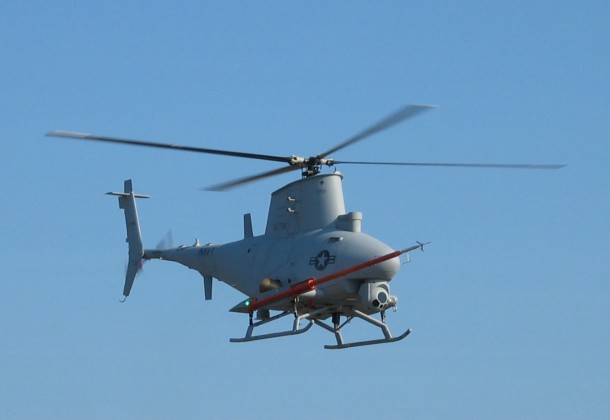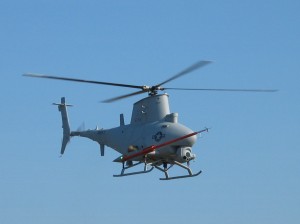Training Grounds for Drones

John Bohanan
Pax Leader
The news coming out of Washington this past week has the defense industry feeling more than a little nervous.
As part of the deal reached by Congress earlier this year to lower the nation’s deficit, the legislature appointed a joint committee of 12 House and Senate members to find $1.5 trillion in budget savings over the next 10 years. This “super committee” has until Nov. 23 to submit a proposal. If it does not reach a compromise, the already passed debt compromise will automatically trigger $1.2 trillion in across-the-board cuts, which could be devastating for defense projects.
Still, the super committee has been intently eying big ticket military programs, including the F-35B Lightning II Joint Strike Fighter being tested here at Naval Air Station Patuxent River, to find their savings. Where the final cuts will fall is anyone’s guess, but one area in which they are unlikely to fall is drone aircraft programs.
Military leaders, Washington think tanks and Congressional watchdog groups are increasingly advocating unmanned vehicles as a way to save on personnel costs and maintenance and, essentially, do more with less. Unmanned Aerial Vehicles are being tested by the U.S. Navy for both surveillance and strike capabilities. The Navy broke ground this month on a new drone hangar at Pax River and is testing the K-MAX unmanned helicopter, RQ-7 Shadow, MQ-8B Fire Scout, MQ-4C Broad Area Marine Surveillance Demonstrator and X-47B Unmanned Combat Air System Demonstrator. The Navy will soon move into testing the the next generation of the UCAS, known as the Unmanned Carrier-Launched Airborne Surveillance and Strike System.
In order for the military to achieve the budget savings it hopes to gain from relying more on unmanned aircraft, these systems must be able to operate within domestic civilian airspace, allowing the Navy and other armed forces to ferry aircraft from base to base and use UAVs to take cargo between locations. But these aircraft must first be equipped with the sensors and the software that gives them the ability to sense and avoid other aircraft.
Currently, Pax River and Webster Field operate under narrow certifications from the Federal Aviation Administration to fly drones and test new sensors and software within designated areas. However, the integration of drone aircraft into domestic air space is now one of the Federal Aviation Administration’s highest priorities, thanks to a Congressional mandate passed last year requiring the establishment of at least four Centers of UAV integration nationwide. These large testing areas would allow testers a broader range to experiment with UAV integration and are likely to be economic growth centers during the next decade.
In June, Congressman Steny Hoyer visited the Office of the Secretary of Defense and advocated for St. Mary’s County’s Navy bases to be designated as one of the FAA’s Integration Centers. Hoyer and his staff continue to advocate for designation, pointing to the region’s existing concentration of UAV activity and expertise.
The FAA must name the integration centers by 2013.
























